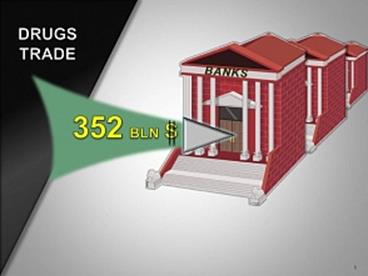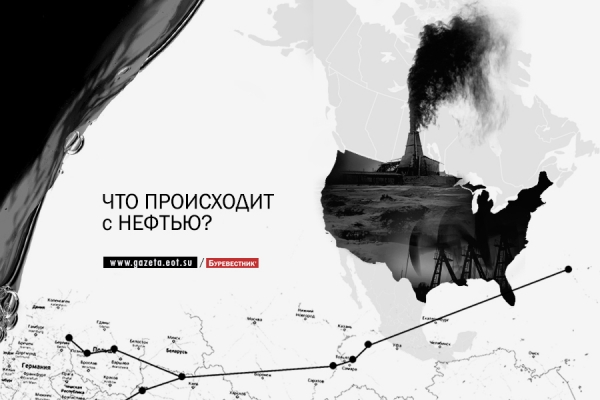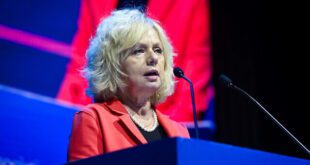
Oil is growing steadily, and with it gradually getting stronger and comrade Ruble. Reached the levels of the beginning of December — 65 rubles per dollar and $ 45 per barrel respectively. The reasons for yesterday’s gains oil clear: there was a news story that Russia and Saudi Arabia agreed on a freeze of production. Not that anyone seriously believed in the impending freeze, but speculators live one day — so any news of this kind are usually instantly reflected in the price of oil.
Again, in the United States began actively to demand to declassify the data of the report on the 2001 attacks, in which, as expected, provides convincing evidence against the Saudis:
https://lenta.ru/news/2016/04/…
Saudi Arabia no longer feels safe under the wings of the American eagle and, therefore, it Willy-nilly, to take steps in the direction of the other superpower, Russia. Of course, these steps are rather timid, and Russia, in turn, did not hurry to open its arms to Saudi Arabia: we also have a long list of accusations towards the Saudis.
On the other hand, contrary to the opinion of many financial analysts, high oil prices from the strategic point of view neither Russia nor Saudi Arabia are not needed. Much more important now to bring order to the market, sending on the deserved rest American Kantemirov — and for the sake of this good purpose, it can a little patience.
And really — shale revolutionaries who are relatively comfortable with prices above $ 100 per barrel, are now virtually bankrupt, and are held just by a different kind of ugly schemes.
Bloomberg declares that the financial condition of oil companies was seriously glossed over, and that now threaten creditors to inevitable loss:
https://aftershock.news/?q=nod…
The situation is very similar to the one we saw in 2000 and 2008 — when an equally careless of the risks it was estimated and mortgage companies respectively. This time banks are under pressure from the U.S. Federal reserve turned a blind eye to the problems of Kantemirov — and now, when it became clear that kancevica go bankrupt, Americans will have to try very hard to avoid another crisis of bankruptcies.
The pioneer of the shale gas industry, Chesapeake Energy company, has already transferred to the banks almost all of their assets to obtain a loan of $ 4 billion, which will give her a little breather. This was reflected in the company’s share price, they dropped 12 times from the peak. Nicely, the company would have already bankrupt, however, for political reasons banks still artificially keep it afloat.
What will happen next?
The other day Barack Obama met with Janet Yellen, the head of the fed:
http://tass.ru/ekonomika/31949…
To say they could only one thing — that soon in the US elections, and that before the elections, the stock market crash can not be allowed. Let me remind you, as Mr. Obama and Ms. Yellen belong to the same circle, so that the understanding they must be good.
This means that Ms. Yellen will make every effort to prevent the U.S. financial system is premature to go into a tailspin. But for this she has exactly one lever — switch of the printing press at full speed. So we will probably see in the coming months, the lower rates in the US to negative numbers and massive purchases of toxic assets from the market. These extraordinary measures will be able at some time to delay the inevitable collapse.
Quite transparently reflected on this topic recently Ben “Helicopter” Bernanke, the previous fed chief, who got his nickname for the proposal to throw money from a helicopter. Quote:
http://www.zerohedge.com/news/…
Program MFFP, known colloquially as the dump money from a helicopter, is unlikely to be needed in the U.S. in the foreseeable future… however, in some extreme circumstances — a sudden shortage of aggregate demand, a depleted monetary policy, and the reluctance of the legislature to use debt-financed fiscal policy — such programs may be the best available alternative. It would be premature to exclude this option.
Also Helicopter Ben noted that before dropping money from a helicopter will need to be prepared to adopt a number of laws and change the number of instructions. I think we are talking mainly about working in the zone of negative rates — the good, the ordinary mechanisms of injecting money into the economy — so-called QE is already well developed.
Well we meanwhile can look at Japan to understand where is the curve of the track POPS, a policy of negative interest rates. The latest news suggests that the Treasury bill market in Japan is virtually destroyed — a third (!) obligations redeems t-bills by government, by printing new yen:
https://aftershock.news/?q=nod…
Live investors from the market go, they are not satisfied with the proposed Japan profitability. It is expected that within 2 years if the economy will survive to 2018 — the proportion absorbed by the printing press t-bills already exceed 50%.
Summarize
Rate as long as the fed is at b plus 0.5% per annum, to wait for bright news from across the ocean I would not — the dramatic collapse on the U.S. stock exchanges are now possible but unlikely. But after the fed cut the rate, the US financial system will go down in the red zone, in which it may have to expect the most unexpected surprises.
Author – Fritz Moiseevich Morgen








